Nettle bellflower: description, cultivation and breeding

Nettle bell is a culture that, with minimal requirements for soil and lighting, can grow and bloom luxuriantly even in shady corners of the garden. This is a valuable quality, in addition to the decorative, very effective appearance of the plant.
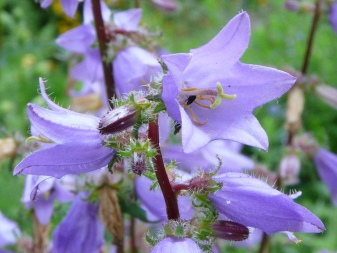

Description
The nettle bell belongs to the perennial plants of the Kolokolchikov family. The Latin name of the culture is Campanula trachelium, which means “bell”. This culture has the following characteristics:
- the bush reaches a height of 70 to 100 cm;
- the rhizome is thick, fibrous, not afraid of the winter cold;
- reddish stems are erect, dense and thick with hairs;
- the leaves are similar in appearance to the leaves of stinging nettle, the lower ones are larger, reaching 9–10 cm in length, the middle ones are heart-shaped, the upper ones are narrow, oval, the edge of the leaves is decorated with notches;
- the plant blooms in the middle of summer, flowers are formed in the axils of the leaf plates - 2-3 pieces each; those in the upper part form an inflorescence that resembles a brush;
- petal color - from white to blue and purple; corolla 3-4 cm in size consists of 5 petals; at the end of summer, the bell fruit ripens - a box with seeds.

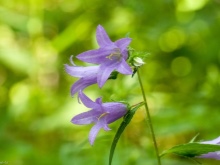
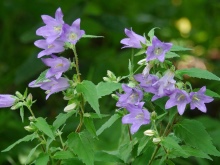
Nettle bellflower feels comfortable in partial shade, can grow in lowlands, ravines, groves, in the shade of forests with medium humidity. There are no special requirements for the composition of the land for cultivation, but if you plant a bush on fertile, slightly acidic soil, its growth and flowering will be especially abundant. For plant breeders, the culture is interesting for its large drooping flowers of a beautiful color, mainly the bell is used for decorative purposes.
However, it is known that before its leaves and rhizomes were used by people for food, and some healers still use it to treat the throat as a medicinal plant. It should be added that the bell is not afraid of cold weather and has good immunity, which is why it is rarely affected by diseases and harmful insects.
Knowing the rules of agricultural technology, the culture and its varieties can be grown without any particular difficulties throughout the territory of Russia, up to the regions of Western Siberia.
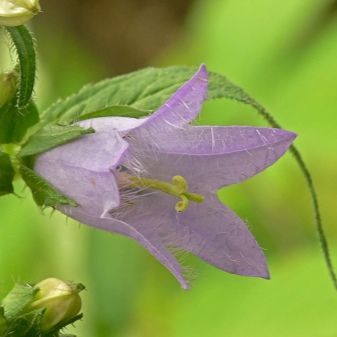
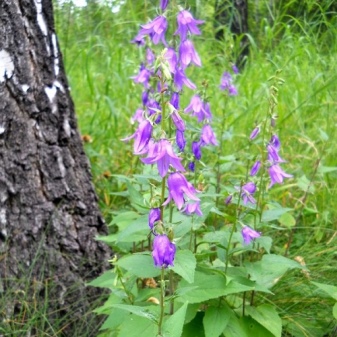
Varieties
The culture has two forms well known to gardeners.
- Perennial bell variety "Bernice"characterized by terry flowers of cyan with a magenta tint. The variety grows 50 cm in height, it has strong stems, so that the inflorescences do not lean to the ground. The dark green foliage with a carved edge is also beautiful. The plant prefers neutral soil, reacts positively to fertilizing with minerals, and has a long flowering.
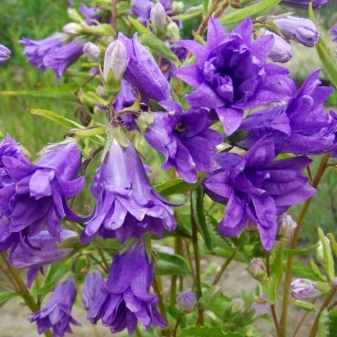
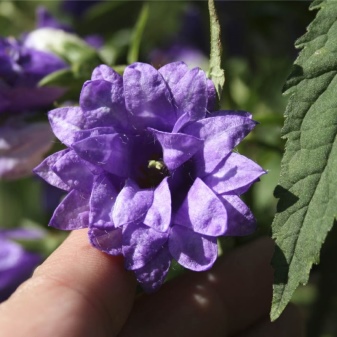
- Alba variety the bush consists of many straight stems 90–100 cm high. The inflorescences are clusters 45 cm long, in the leaf axils, 1–3 flowers are formed almost along the entire stem, the color of the petals is white. Flowering occurs in mid-summer. In the middle lane, the species can winter without creating a special shelter, grows both in the sun and in partial shade, and loves moderate watering. For 1 sq. m you can plant from 5 to 8 bushes of this variety.
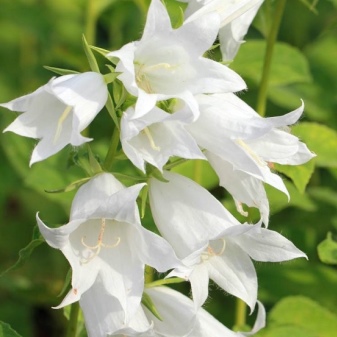
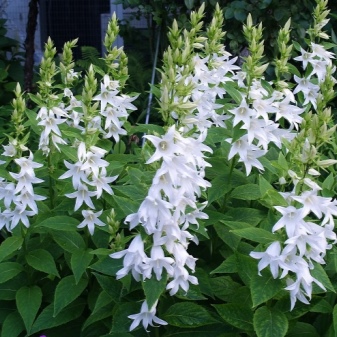
Planting and leaving
It is better to plant flower bushes in partial shade with diffused sunlight. It is important that in the place of future planting, groundwater is located as deep as possible without touching the root system of the plant. Stagnant water is one of the causes of fungal and infectious diseases of the culture.
Despite the high adaptive ability of the bell to take root on soils with different compositions, it is advisable to choose light loamy soils for it. Heavy soil is diluted with sand, humus, compost from rotted grass and leaves, mineral additives are added to it.
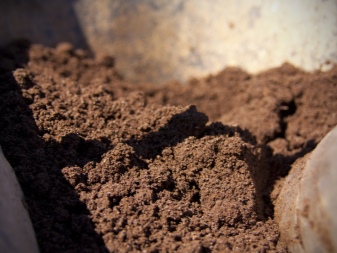
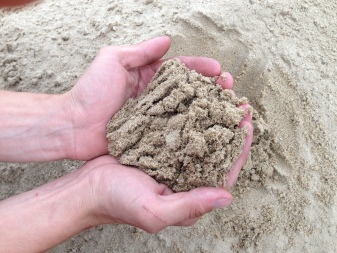
A few days before disembarkation, the following preparatory work is carried out:
- digging up the ground;
- weed it from weeds;
- lime the soil with an acidic reaction.
Landing is carried out as follows:
- drainage material is placed in the planting hole - fine gravel, coarse sand, and on top - a nutrient mixture with wood ash and complex fertilizer; fresh organic matter is contraindicated for a bell, as it can provoke the development of fungal infections;
- having planted a bush, the soil under it is pressed tightly to the roots and watered moderately.
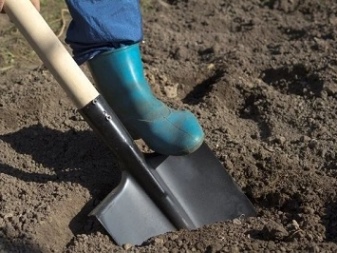
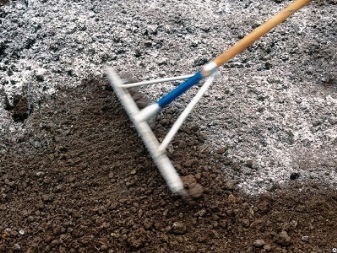
The planted bells are irrigated as needed when the topsoil dries up, even in dry times. Planting is carried out after the snow melts or at the beginning of autumn for successful rooting before the cold weather. Care includes periodic weeding and loosening of the near-stem zone. Bells are fed only once a year, in spring - with phosphorus, potassium and nitrogen-containing compounds.
The exception is the budding period, when minerals are also added under the bushes. Withering stalks must be removed to help prolong flowering. After flowering, the brown bolls are harvested to prevent self-seeding, with the onset of October, the stems of the plant are completely removed.
For the winter, you can cover the bell with mulch from peat, dry leaves and branches.
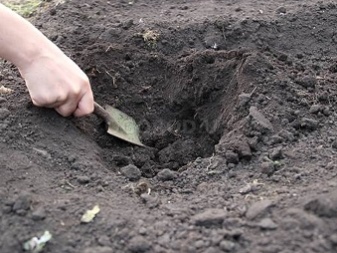

Diseases and pests
Preventive spraying in spring and autumn will help to avoid crop diseases such as powdery mildew, rust, damage by various types of fungi... For this, a solution of copper sulfate or "Fundazol" is used. Processing concerns both the crown of the bushes and the ground at the roots of the bell. It is necessary to carry out procedures twice with an interval of a week.
With high humidity, especially with prolonged rainy weather, attack culture can slugs... To exclude their appearance, regular loosening of the soil is required where they lay their eggs. To combat, gardeners use sprinkling of Epsom salts, dolomite mixture and ash under bushes, and you can also use a homemade spray of vinegar and water (1: 10). From the appeared aphids insecticides ("Commander", "Iskra", "Aktara") or folk remedies - a solution of soap or an infusion of garlic will help.
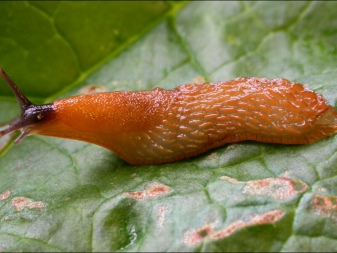
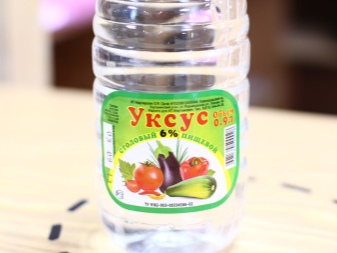
Reproduction
Nettle bellflower can be planted by sowing seeds. Before sowing in open soil in spring or autumn, they are mixed with pre-washed sand. You can first grow seedlings by creating greenhouse conditions for the seeds. If cultivation in a greenhouse is provided, they are sown in March, after germination (within 10-15 days) they dive into separate containers, and planted on the site at the beginning of summer. Plants planted in autumn sprout after warming up the ground in spring.
And also a perennial can be propagated by green cuttings, segments of rhizomes and root children, dividing the bush in autumn and early September.

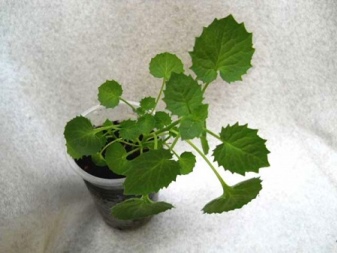
In the next video, you can take a closer look at the nettle-leaved bell.







































































































The comment was sent successfully.